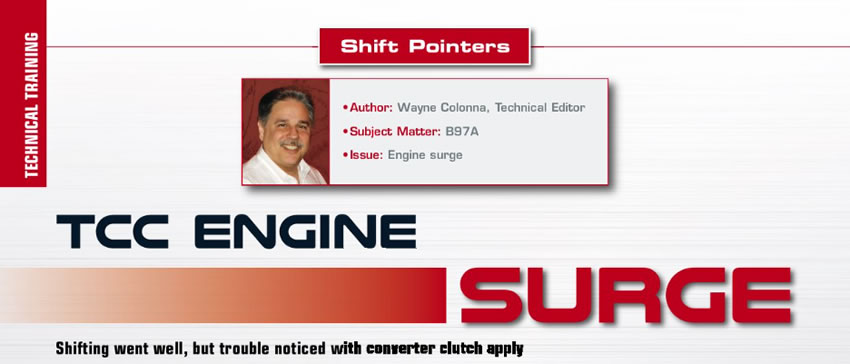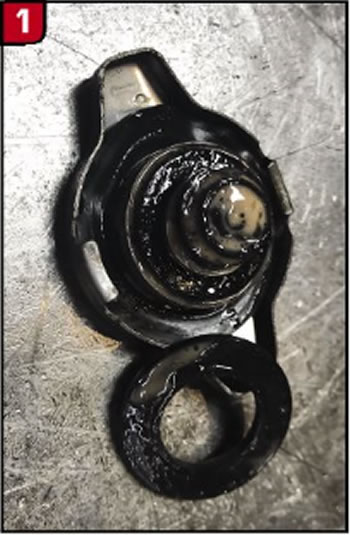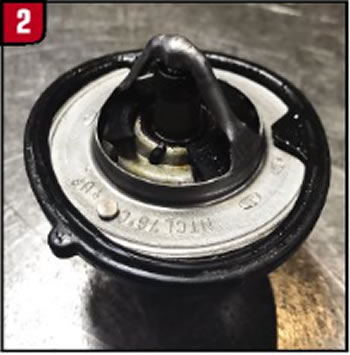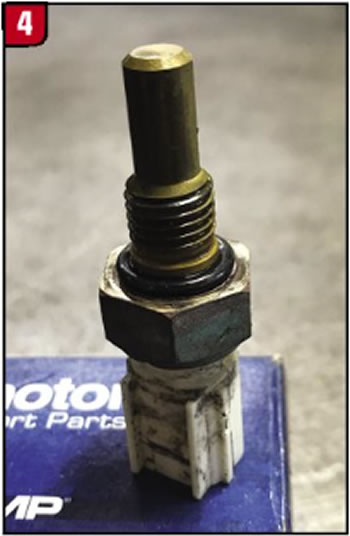
Shift Pointers
- Author: Wayne Colonna, Technical Editor
- Subject Matter: B97A
- Issue: Engine surge
Shifting went well, but trouble noticed with converter clutch apply
A 2008 Honda Accord using the B97A transmission behind a 3.5L engine was brought to Newmarket Transmissions from a general repair shop to be rebuilt. They had changed the radiator and when topping off fluids, they noticed the “strawberry milkshake” condition of the transmission fluid. The radiator was also contaminated with the milkshake condition as seen with the deteriorated cap in Figure 1.

After Newmarket rebuilt the transmission, Dave took the vehicle for a road test. The transmission shifted well through all the gears, but a problem was noticed with converter clutch apply. It was noticed that the engine rpm seemed to surge erratically, especially at speeds of 20 to 50 mph at times.
These i-VTEC six-cylinder engines utilize a variable cylinder management system that cuts cylinder activation down to three cylinders at a cruise. When this is activated, an ECO light illuminates to inform the driver that this strategy is active. The surge Dave felt did not coincide with the illumination of the ECO lamp ruling out the possibility of any issues with this system.

No fault codes were found and scan tool data were inconclusive when attempting to monitor TCC commands. This prompted looking at individual PID’s as the next step in the diagnostic process. The brake switch and brake-and-tail-lamp operation were the first to be looked at when the surging occurred and all was good.
The next parameter that was looked at was the engine coolant temperature sensor. A very significant discovery was made. The temperature seemed to drop well below normal operating temperature at times when the problem occurred. As a test, the engine coolant temp (ECT) sensor was unplugged and it was noticed that a default value of 200 F was substituted and the surge was no longer evident.
The coolant level was checked and was full, so it was decided to remove and check the thermostat. The thermostat appeared to be faulty and was replaced (figures 2 and 3).


When it was replaced, the surge problem was eliminated, confirming it was faulty and the cause to the problem. Given the condition of the thermostat and the fact the radiator was replaced by the general repair shop, it was decided to change the ECT sensor as well to be sure the repair was complete (Figure 4).















